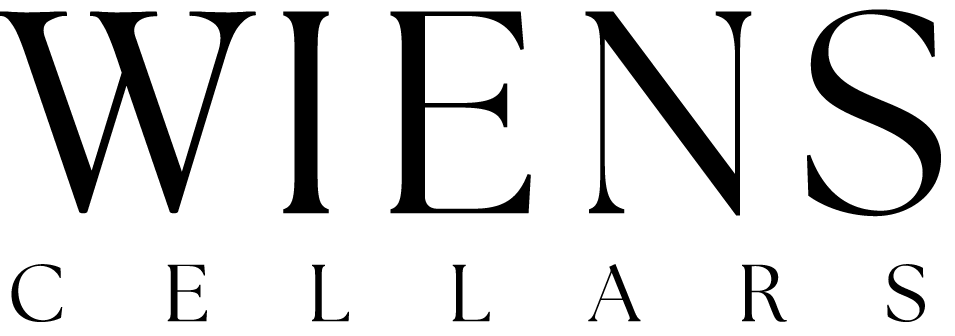Wine itself is an art, but wine with food? A masterpiece! Let’s learn some basic tips on how to pair wine. First, understand there are many more correct methods to pairing wine than incorrect ways, I promise. You can either pair wines based on similar characteristics, or opposing flavor compounds. I know that sounds like a free-for-all but it’s not, let me explain.
When pairing based on similar characteristics, you want to really think about the food or wine (whichever you decide to start with) & decide what notes are present. Ultimately, this requires you to have a pretty good idea of what you enjoy as far as varieties go, but chances are, you already have your preferences! If beginning with your food choice, say you want to make steak for the night. Will you be adding a marinade? Spices? Adding a reduction sauce? Noticing the flavor profiles present in the food will help you pair them with similar ones present in the wine. Both our Grand Rouge & Reserve Malbec go well with premium cuts of beef because of their notes of berry & various spices, so there you go! However, watch out for being too literal! It’s all about balance. Bitter foods do not pair well with bitter wines… but we’ll get more into that. If trying to pair using opposing flavor compounds, do the same thing—Just opposite! For example, with the same pairing of steak & a ‘big red’ wine, the fat & oil present in the steak will counter the high tannin levels present in the wine.
Like I said, it’s all about balance. Here is a chart for a better visual, courtesy of Wine Folly. It contains six primary tastes that can affect your food pairing. The straight blue lines represent good combinations & the jagged grey lines represent flavor compounds you want to avoid.
Wine Folly
Bonus tip: If your recipe calls for wine, don’t get the ‘wines for cooking.’ These are full of additives like food coloring & artificial flavors—No thanks! Try a wine you can actually drink while you cook (yes, please!). Usually, you can use a wine that would pair well with the meal itself, but every dish is different!
Now, some basic rules for pairing:
1. The wine should be more acidic or sweeter than the food.
2. Match intensity levels! Intense food = intense wine (i.e. rich, creamy pasta with an oaked Chardonnay), delicate food=delicate wine (i.e. sushi with a Riesling).
3. Tannins disagree with fish oils, so it’s pretty uncommon for reds to pair well with seafood.
4. More often than not, white, sparkling, or rosé wines create contrasting pairings, while red wines usually create corresponding pairings.
5. Know what you like, & go with it! There may be ‘rules’ for a more complimentary pairing, & they really do work! Ultimately though, if you like the wine, that’s good enough!
For a general blueprint to get started, here are some common wines & their pairings.
Food & Wine Pairing List
All in all, just go with your gut! As you continue to experiment with wine, your knowledge will grow & you’ll realize just how subjective it can be. Practice, practice, practice, remember? Your palate, however, is the most important factor on your journey to understanding wine & food pairing. You know what tastes best to you; These are just some simple guidelines in the case of more significant occasions. It’s really not as serious as it seems though, I promise! Have fun with it & share with us some of your favorite Wiens wine pairings on social media—We’d love to see what you crave!
Bailey Morris, Marketing/ Gift Shop



